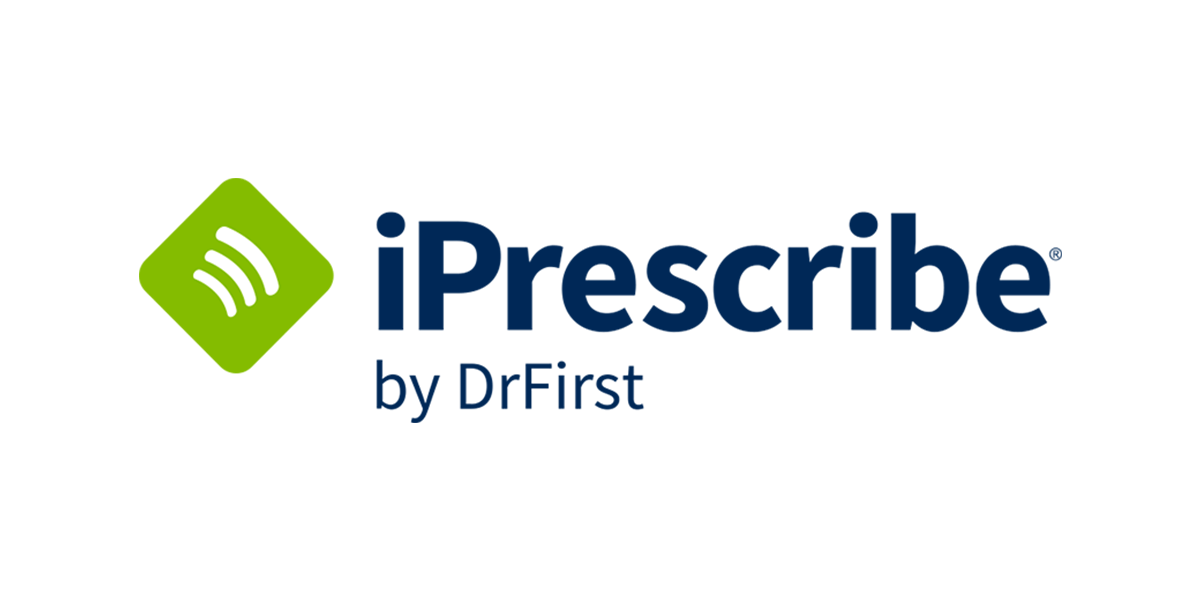Integrated workflows ease staff burden and satisfy regulatory mandates.
DrFirst iPrescribe Report 2019-2020: New E-Prescriptions for Depression and Anxiety Meds Increased Sharply

Increases also seen in some groups for meds used for sexual health, hair loss, and opioid addiction and withdrawal via the iPrescribe app
Rockville, MD – Feb. 10 2020 – Healthcare providers wrote more new prescriptions for antidepressants and antianxiety medications in 2020 over 2019 levels within the iPrescribe mobile app, according to details of a new index report shared today by health technology pioneer DrFirst. Prescriptions for antidepressants rose 57%, while those for antianxiety medications climbed by 37%. Prescriptions to treat opioid withdrawal and help reverse opioid intoxication or overdose also increased, as did those for hair loss and erectile dysfunction.
The report measures changes in the average number of new prescriptions per prescriber issued via iPrescribe in 2020 vs. 2019 and highlights the app’s accelerated adoption in the U.S. during the COVID-19 pandemic, a time that also showed broad use of telehealth. The award-winning app enables doctors and authorized clinicians to write prescriptions securely and quickly, including for controlled substances, with a few taps on their phone, eliminating the need to call or fax pharmacies, increasing safety and efficiency.
“People have been facing disruption in every aspect of their lives because of the pandemic, and doctors throughout the country are reporting that it’s affecting their patients’ mental health. Concerns about whether they or a loved one could become ill or die from COVID, managing unexpected financial burdens and sudden changes in work status, having children attending online classes from home, and not being able to visit with friends and family is taking a toll, so it’s no surprise there are more prescriptions for medications to treat these issues,” said Colin Banas, M.D., MHA, chief medical officer for DrFirst. “The pandemic has changed how healthcare providers are connecting with their patients, especially with the increased adoption of telehealth, which has been crucial for mental health visits. This also may explain the increases in prescriptions for erectile dysfunction and hair growth, as people may be more comfortable discussing these issues from their home via telehealth.”
Surging: Antidepressant and Antianxiety Medications
While new prescriptions for antidepressants via the app soared in 2020 for every age group among men and women, the most striking increases included:
- Women aged 36 to 50 (79%)
- Women aged 51 to 64 (75%)
- Women aged 65 to 80 (56%)
- Men aged 36 to 50 (60%)
- Men aged 51 to 64 (63%)
- Men aged 65 to 80 (50%)
When it came to new prescriptions for antianxiety medications, the only group that did not see a significant increase during this period was males younger than 18, who instead saw a 3% decrease. Year-over-year increases included:
- Women aged 25 to 35 (41%)
- Women aged 36 to 50 (47%)
- Men aged 36 to 50 (35%)
- Men aged 51 to 64 (29%)
This iPrescribe data correlates with widely reported data from the Centers for Disease Control that documents a surge in mental health issues during the pandemic.
Dramatic Rise in Prescriptions to Treat Opioid Addiction in Some Age Groups
Overall, prescriptions for medications to treat opioid withdrawal or reverse opioid intoxication or overdose increased 13% in 2020 over 2019’s level. While women aged 65 and over saw no change, several gender and age groups experienced significant increases, including:
- Females under age 18 (82%)
- Women aged 51 to 64 (21%)
- Males under age 18 (29%)
- Men aged 51 to 64 (45%)
- Men aged 65 to 80 (49%)
- Men over age 80 (71%)
More Opioids Prescribed for Pain for Young Women
While there was little change in prescribing rates for opioid prescriptions to manage pain, women aged 18 to 24 bucked that trend, showing a 19% increase over 2019’s level.
Opioid dispensing rates in the U.S. have decreased overall in the past decade, according to the CDC, although it has not published data for the period that includes the COVID-19 pandemic. Early in the decade, DrFirst pioneered the technology for electronic prescribing of controlled substances (EPCS), which has proved to be a vital tool to help prevent prescription fraud that can contribute to the opioid epidemic. iPrescribe by DrFirst includes EPCS and integrates with states’ prescription drug monitoring programs (PDMPs) so physicians can meet state and federal requirements with just a few clicks. The CDC credits PDMP databases with helping to change prescribing behaviors, decrease the use of multiple providers by patients, and reduce substance abuse.
Sexual Health, Hair Growth, and Breathing
Sexual Health and Hair Growth for Men
The iPrescribe report showed notable increases in prescriptions to treat hair loss in young men and for sexual health:
- Hair loss for males under age 18 (250%)
- Hair loss for men aged 18 to 24 (144%)
- Erectile dysfunction (ED) medications (13%)
Healthy Breathing
New prescriptions for medications to treat asthma and chronic obstructive pulmonary disease (COPD) increased for some groups in 2020 compared with 2019, including:
- Men aged 65 to 80 (22%)
- Women over age 80 (21%)
- Men over age 80 (17%)
By 2020’s close, healthcare providers had issued more than 3 million new prescriptions using the iPrescribe mobile app during the year. Although there was a 124% overall increase in prescribers using the iPrescribe app in 2020 over 2019’s level, the average number of new prescriptions issued per prescriber still rose 12% year over year. This indicates that providers used the app to write more prescriptions on average during the COVID-19 pandemic.
“The pandemic has accelerated a significant shift in the way providers are caring for their patients, especially as both groups may be working from home and using telehealth. Mobile e-prescribing can be used from home or anywhere and is helping us get to a prescribing paradigm where paper, phone calls, and faxes are a thing of the past,” said Banas.
iPrescribe can be used for new prescriptions and renewals, and for prescribing controlled substances. The app is fully HIPAA-compliant to keep patients’ protected health information secure, provides safety alerts for potential drug interactions and allergies, and allows real-time access to patient medication history and copay information.
Methodology
The report examines year-over-year prescribing information from January 1, 2020, to December 31, 2020, and January 1, 2019, to December 31, 2019, evaluating data collected from iPrescribe, the free e-prescribing app that enables healthcare providers to quickly and seamlessly write electronic prescriptions. All percentages in this release refer to the increase or decrease in the average number of new prescriptions per prescriber issued via the iPrescribe app in 2020 compared to 2019 levels.
About DrFirst
Since 2000, DrFirst has pioneered healthcare technology solutions and consulting services that securely connect people at touchpoints of care to improve patient outcomes. We create unconventional solutions that solve care collaboration, medication management, price transparency, and adherence challenges faced in healthcare. We unite the Healthiverse—the interconnected healthcare universe—by providing our clients with real-time access to the information they need, exactly when and how they need it, so patients get the best care possible. DrFirst solutions are used by nearly 300,000 healthcare professionals, including more than 100,000 prescribers, nearly half of the EHRs in the U.S., and more than 1,400 hospitals in the U.S. and Canada. To learn more, visit www.DrFirst.com or follow @DrFirst.
Contact
Alessandra Nagy
alessandra@bospar.com


